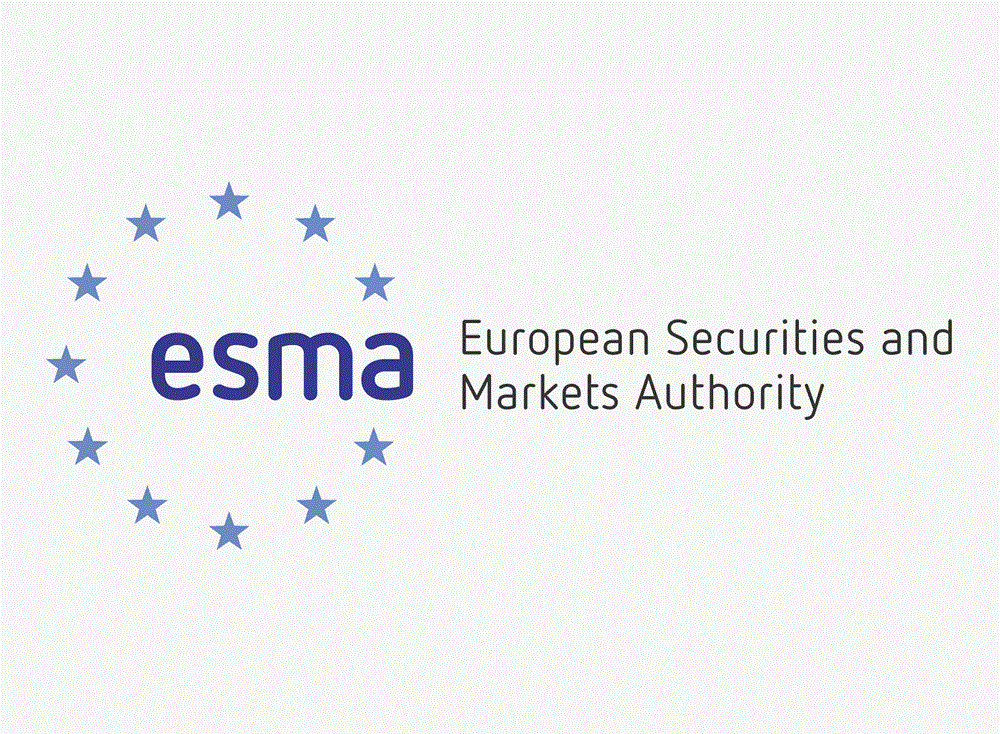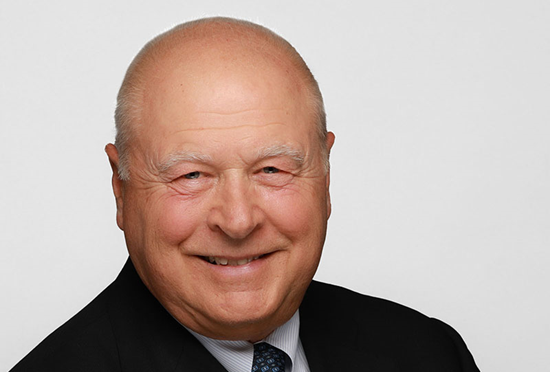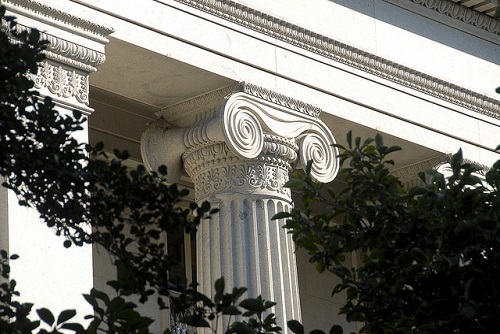ESMA seeks fresh input on asset segregation

European securities watchdog ESMA is going back to the drawing board on rules around asset segregation.
The regulator has asked for more input from market participants, following criticism last year on proposed guidelines.
Under AIFMD - a package of measures drawn up by authorities after the financial crisis - depositaries are responsible for safekeeping securities held for alternative investment funds (AIFs), i.e. hedge funds.
The depositories, which act as financial storage houses, must segregate assets in line with their requirements under the Markets in Financial Instruments Directive.
As depositaries can sub-delegate this responsibility to a custodian, last year EMSA put forward approaches to segregation for the sub-delegates.
It favored two. The first was that custodians keep all assets from a single depositary segregated from all other AIFMD and non-AIFMD assets held.
In its second option, ESMA suggested custodians keep all AIFMD assets (whether from one or several different depositaries) segregated from all other non-AIFMD assets held.
The methods put forward implied that ESMA might take the same approach when developing UCITS Level 2 regulations, prompting concern.
“If that happens, the key concern around individual (segregated) accounts really arises around intermediaries involved in the safekeeping of UCITS assets,” said Polina Evstifeeva, a member of Deutsche Bank’s Global Transaction Banking’s Market Advocacy team in a note to clients earlier this year.
“Should they be required to open individual (segregated) accounts for UCITS assets, omnibus accounts cannot be relied upon in the way they have been in the past.”
Evstifeeva added that it comes to T2S (a new settlement platform designed by the ECB) and traditional collateral structures, the inability to rely on omnibus accounts structures may require development of additional facilities and multiplying custody accounts.
“This would result in greater complexity and additional costs,” she added.
At the time Ross
Whitehill, managing director at BNY Mellon Markets Group, also wrote that enforced
segregation of AIF assets
Most market participants actually favored ESMA’s 4th option, which is currently being used by the prime brokerage market and does not require the assets of different classes of client to be held in separate accounts.
ESMA is now looking for more stakeholder, particularly when it comes to mapping of asset segregation models, investor protection in the event of insolvency and understanding issues linked to collateral management/prime brokerage and the T2S system.
The regulator is also keen to gather views on the optimal asset segregation regime without imposing unnecessary requirements and on uncertainties that could remain on how the depositary delegation rules should apply to CSDs.
Feedback will be used to finalise ESMA's work on asset segregation by the end of 2016.
Market participants have until September 23rd to send in their views.
"Depending on the outcome of its analysis, ESMA will consider what is the best approach," the regulator added.
Found this useful?
Take a complimentary trial of the FOW Marketing Intelligence Platform – the comprehensive source of news and analysis across the buy- and sell- side.
Gain access to:
- A single source of in-depth news, insight and analysis across Asset Management, Securities Finance, Custody, Fund Services and Derivatives
- Our interactive database, optimized to enable you to summarise data and build graphs outlining market activity
- Exclusive whitepapers, supplements and industry analysis curated and published by Futures & Options World
- Breaking news, daily and weekly alerts on the markets most relevant to you



